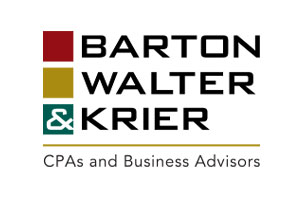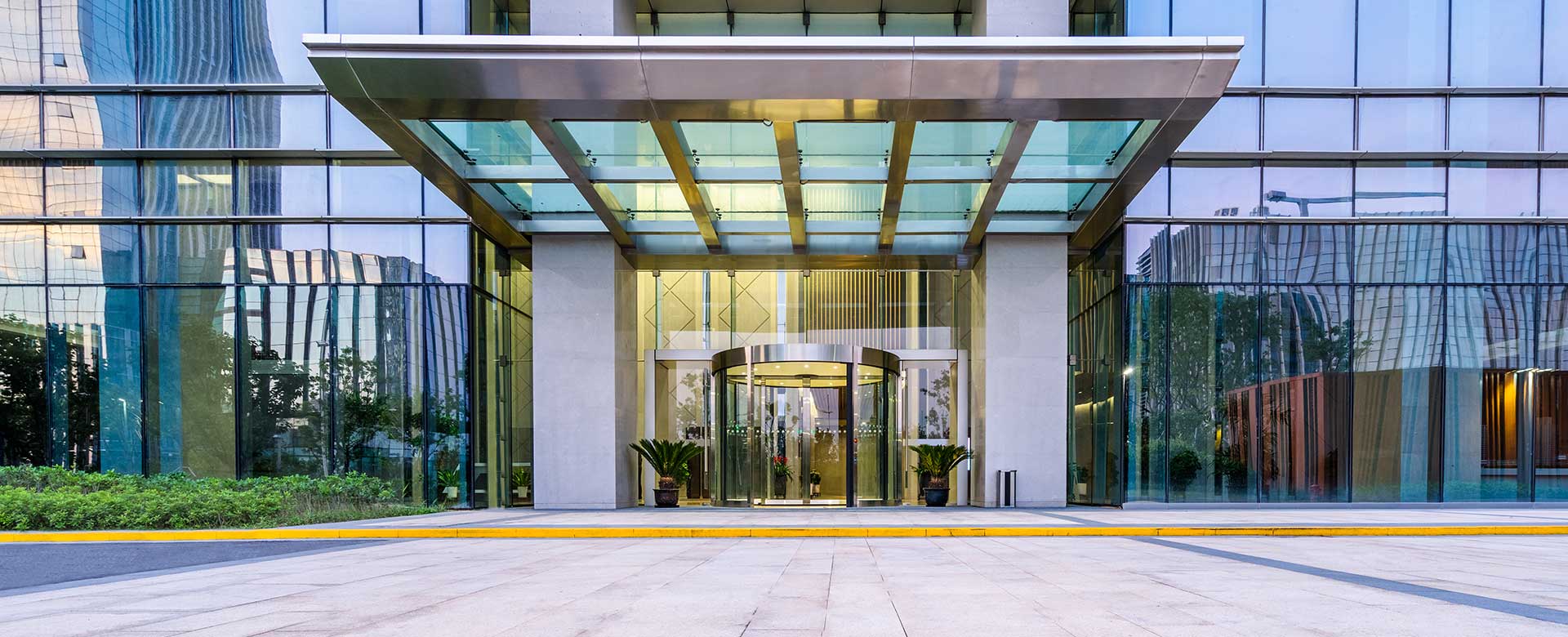What You Need to Know
January 21, 2021 | Barton Walter and KrierSmall business still reeling from the effects of the pandemic received some welcomed news in the form of additional funding for the Paycheck Protection Program (PPP). The Second Draw loan program provides an additional $284 billion for small businesses and makes loan forgiveness easier if the bulk of the funds are used for payroll and other expenses related to COVID-19. Read on as we discuss what you need to know about PPP 2.0.
What is PPP?
PPP is a forgivable loan program established by the CARES Act, which provides economic relief to individuals, workers, and small businesses affected by the COVID-19 crisis. PPP loans help businesses keep workers employed during the pandemic. The first round of PPP loans started in April 2020 but ran out in a matter of weeks as panicked businesses flooded the U.S. Small Business Administration (SBA) with applications. According to the terms of the loan established by the U.S. Treasury, payments can be deferred for borrowers who apply for loan forgiveness. If a borrower does not apply for loan forgiveness, payments are deferred 10 months after the end of the covered period. Starting on January 13, 2021 through March 31, 2021, eligible businesses may apply for the Second Draw PPP loan.
Who qualifies for PPP 2.0?
Generally, the same loan terms apply for PPP 2.0. Per SBA guidelines, a business will be eligible for the Second Draw loan if:
- The borrower previously received the First Draw PPP loan and will use the amount to help fund payroll costs, including benefits
- The business employs no more than 300 employees
- The business can demonstrate at least a 25 percent reduction in gross receipts between comparable quarters in 2019 and 2020
PPP 2.0 funds can also be used for mortgage interest, rent, utilities, worker production costs related to COVID-19, uninsured property damage costs caused by civil unrest in 2020, supplier costs, and operational expenses. For a typical business, the Second Draw loan amount will be 2.5 times the average monthly 2019 or 2020 payroll cost, up to $2 million. For Accommodation and Food Service business, the new loan amount will be 3.5 times the average monthly 2019 or 2020 payroll cost, up to $2 million.
Are Second Draw loans considered taxable income?
For the First Draw PPP loan, funds were tax-free on both federal and Minnesota state returns. For federal taxes, businesses can deduct expenses that were paid from the loan. However, the State of Minnesota does not allow expenses to be deducted if paid for by PPP funds. For the Second Draw PPP loan, the same rules apply for federal returns, but we have yet to receive guidance from the State of Minnesota on loan forgiveness.
Are you thinking of applying for the Second Draw PPP loan? The professionals at Barton, Walter & Krier can assist with preparation and qualification for PPP 2.0, forgiveness applications, and qualification for employee retention payroll credit. Contact us today to speak with a tax expert.

